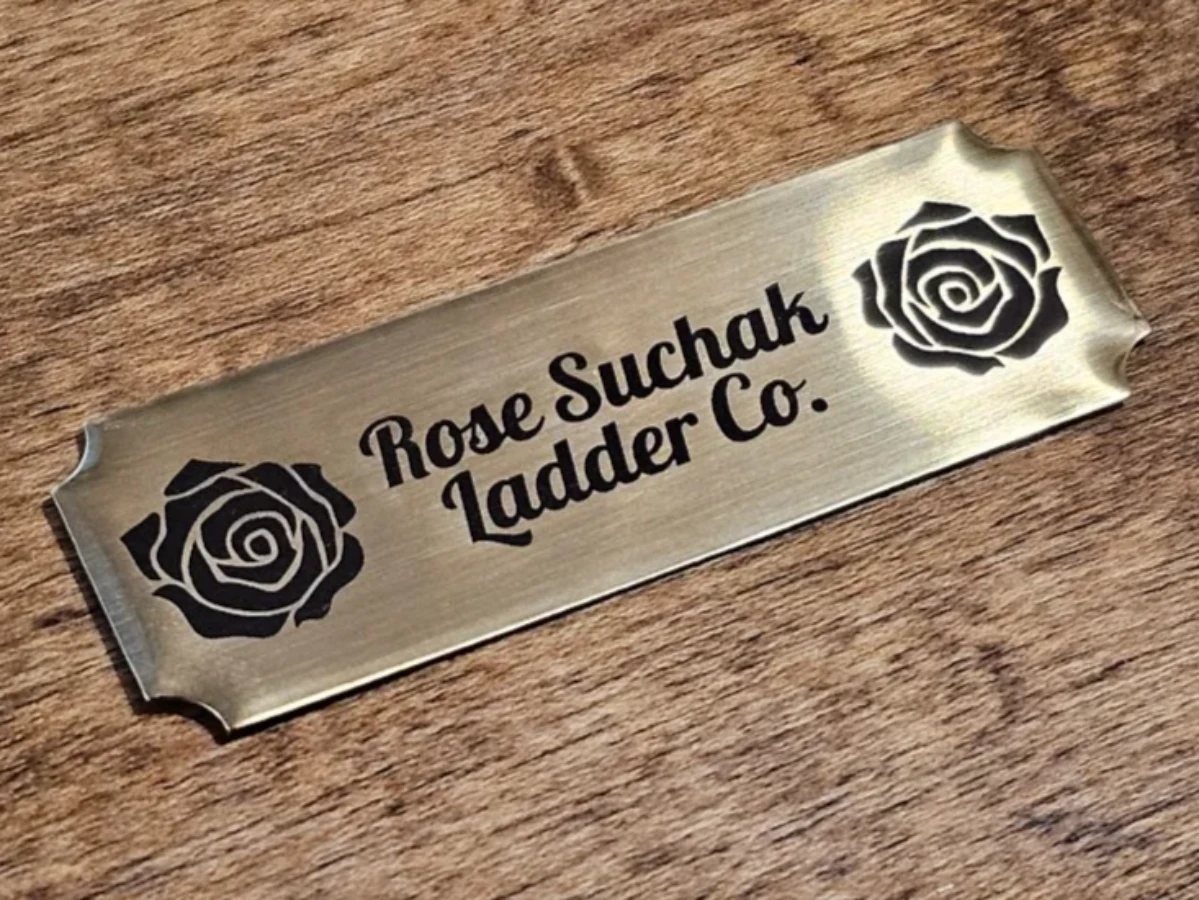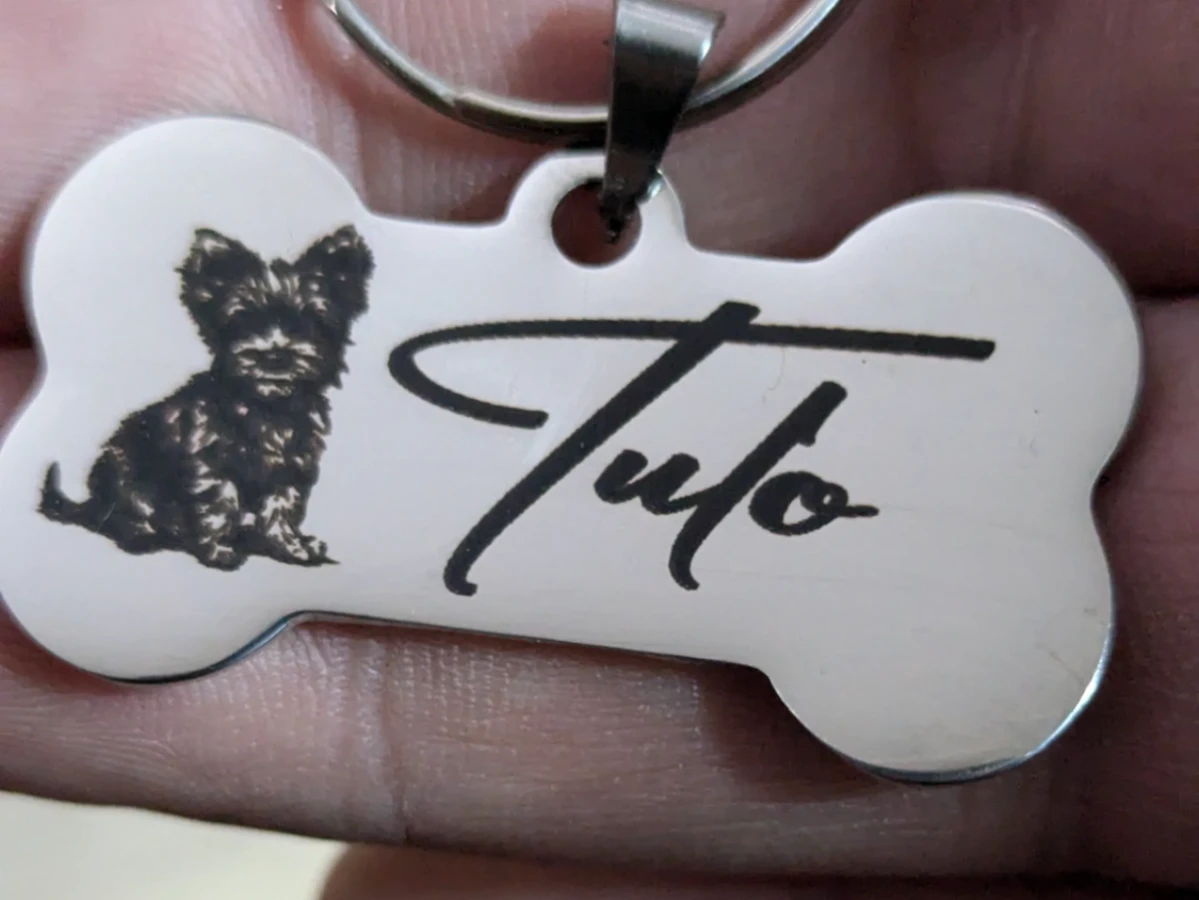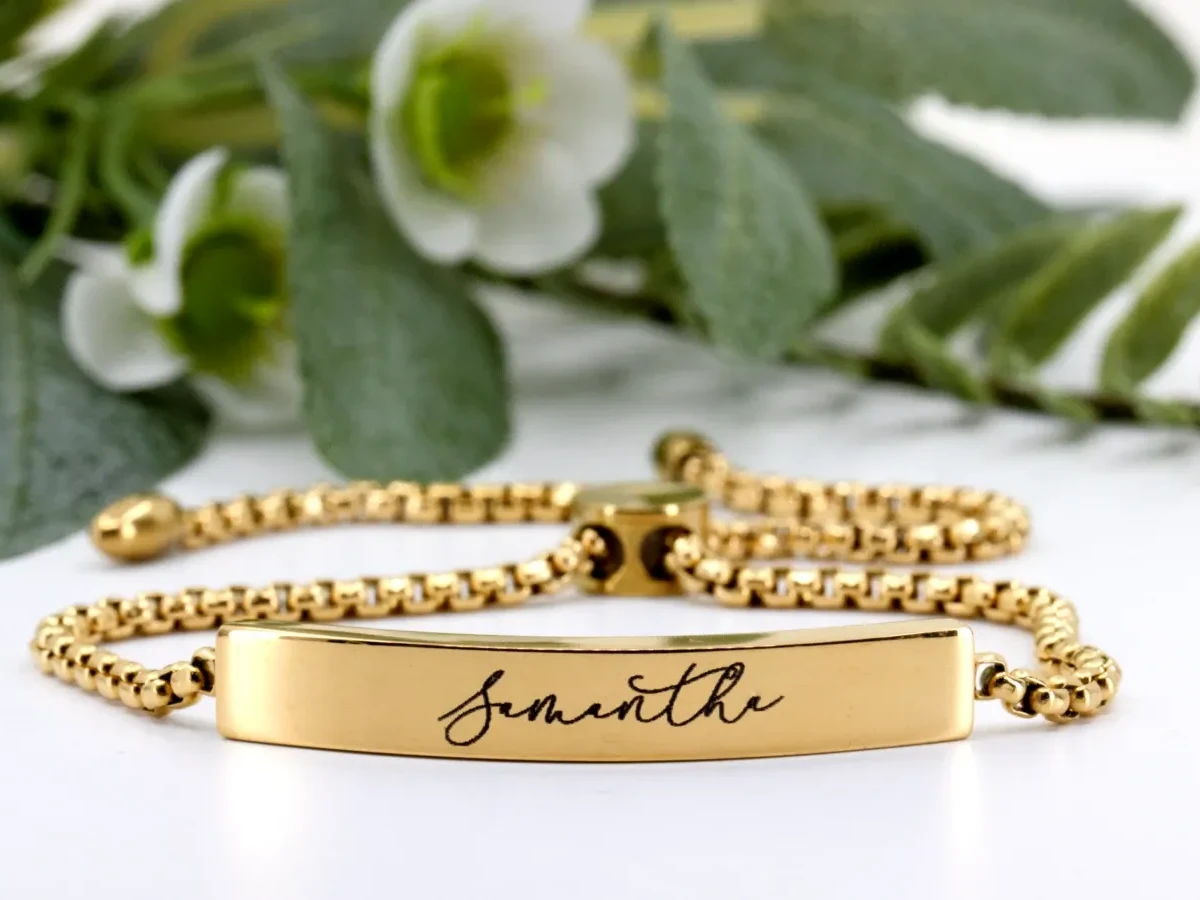Stainless steel is one of the most popular metals for industrial and creative laser applications. Its durability, clean surface, and sharp contrast make it ideal for both cutting and engraving. But working with stainless steel requires precision, especially when using lasers.
In this guide, you’ll learn exactly how to laser cut stainless steel, what tools and materials work best, how stainless steel laser cutting differs from engraving, and how to avoid the most common mistakes that trip up beginners and makers alike.
Whether you're building signage, nameplates, custom jewelry, or model components, this guide will help you master stainless steel.
🔍 Cutting vs Engraving Stainless Steel: What’s the Difference?
- Laser cutting stainless steel involves fully slicing through the metal using high-powered fiber lasers, often with oxygen or nitrogen assist gas. It’s used for parts production, enclosures, tags, and decorative frames.
- Laser engraving stainless steel means etching into the surface to create markings, logos, serial codes, or aesthetic patterns. It doesn’t remove as much material and is often done with lower power or pulsed lasers like MOPA systems.
A stainless steel laser cut may be combined with engraving in the same piece—for example, cutting a metal nameplate and then engraving a logo or text onto it.
🧰 Best Materials & Laser Types for Stainless Steel
Compatible Stainless Grades:
- 304 stainless steel – most commonly used for decorative and industrial purposes
- 316 stainless steel – more corrosion-resistant; often used for medical or marine projects
Recommended Lasers:
- Fiber lasers (30W–2000W): The best choice for both cutting and engraving stainless steel. Clean edges, high contrast.
- MOPA fiber lasers: Ideal for colorful engraving and fine detailing.
- CO₂ lasers: Not suitable for bare stainless steel unless special coatings are applied (e.g., CerMark spray), and only for marking—not cutting.
⚙️ Laser Settings (Guidance-Based)
To get a clean stainless steel laser cut, you typically need:
- High power (500W–2000W fiber laser) for cutting, depending on thickness.
- Assist gas: Use nitrogen for shiny, clean cuts; oxygen for faster cutting but more oxidation.
- Slow feed rates for thick materials (e.g., 1–2 mm stainless).
For engraving stainless steel:
- Start with low power (20%–40% of capacity), fast speed.
- Use grayscale or dithering patterns if engraving photos.
- If using MOPA lasers, adjust pulse frequency for darker markings.
Always test your material first—a small difference in speed or power can greatly impact cut edge quality or engraving depth.
🧠 Common Projects with Laser Cut Stainless Steel
Looking for ideas? Here are maker-friendly and sellable stainless steel laser projects:
- Custom wall signs with cutout letters and engraved borders

- Engraved metal business cards or dog tags
- Jewelry blanks – bracelets, pendants, keychains
- Machine nameplates or serialized tracking tags

These projects often combine laser cut stainless steel shapes with engraved text or graphics for functional and aesthetic appeal.
⚠️ Common Mistakes (and How to Avoid Them)
Poor edge quality after cutting
→ Solution: Adjust gas pressure, reduce speed, check focus lens.
No visible engraving contrast
→ Solution: Use MOPA laser or apply blackening agent after engraving.
Excessive warping or burn marks
→ Solution: Use proper clamping, thinner passes, or lower heat settings.
Inconsistent engraving results
→ Solution: Level your material bed and clean the lens. Slight angle or debris causes misalignment.
CO₂ laser won’t engrave stainless
→ Solution: It can't—unless coated with a marking spray. Fiber laser is required for raw metal.
❓ FAQ – Stainless Steel Laser Cutting
Can I laser cut stainless steel at home?
Yes, if you have a fiber laser powerful enough—typically 500W or more. Lower wattage desktop lasers can’t cut metal, only engrave or mark.
Can a diode or CO₂ laser cut stainless steel?
No. Diode lasers don’t have enough power, and CO₂ lasers cannot penetrate metal unless highly modified. For engraving, a fiber laser is strongly recommended.
Does laser cutting affect stainless steel strength?
Only slightly near the edge (called heat-affected zone), which is negligible in most non-structural uses.
Can I engrave color on stainless steel?
Yes, with MOPA lasers. You can vary pulse and frequency settings to generate blue, gold, and purple tints on the surface.
Do I need assist gas?
Yes, for cutting. Oxygen (faster, oxidized edge) or nitrogen (cleaner cut) is required.
✅ Final Thoughts
Stainless steel laser cutting and engraving opens the door to durable, professional, and eye-catching projects. With the right laser type, clean setup, and tested settings, you can create custom tags, signage, jewelry, and mechanical parts with factory-grade results—right from your workshop.
Whether you're working with laser cut stainless steel sheets or doing stainless steel laser engraving for product branding, understanding the process is the key to precision and creativity.









